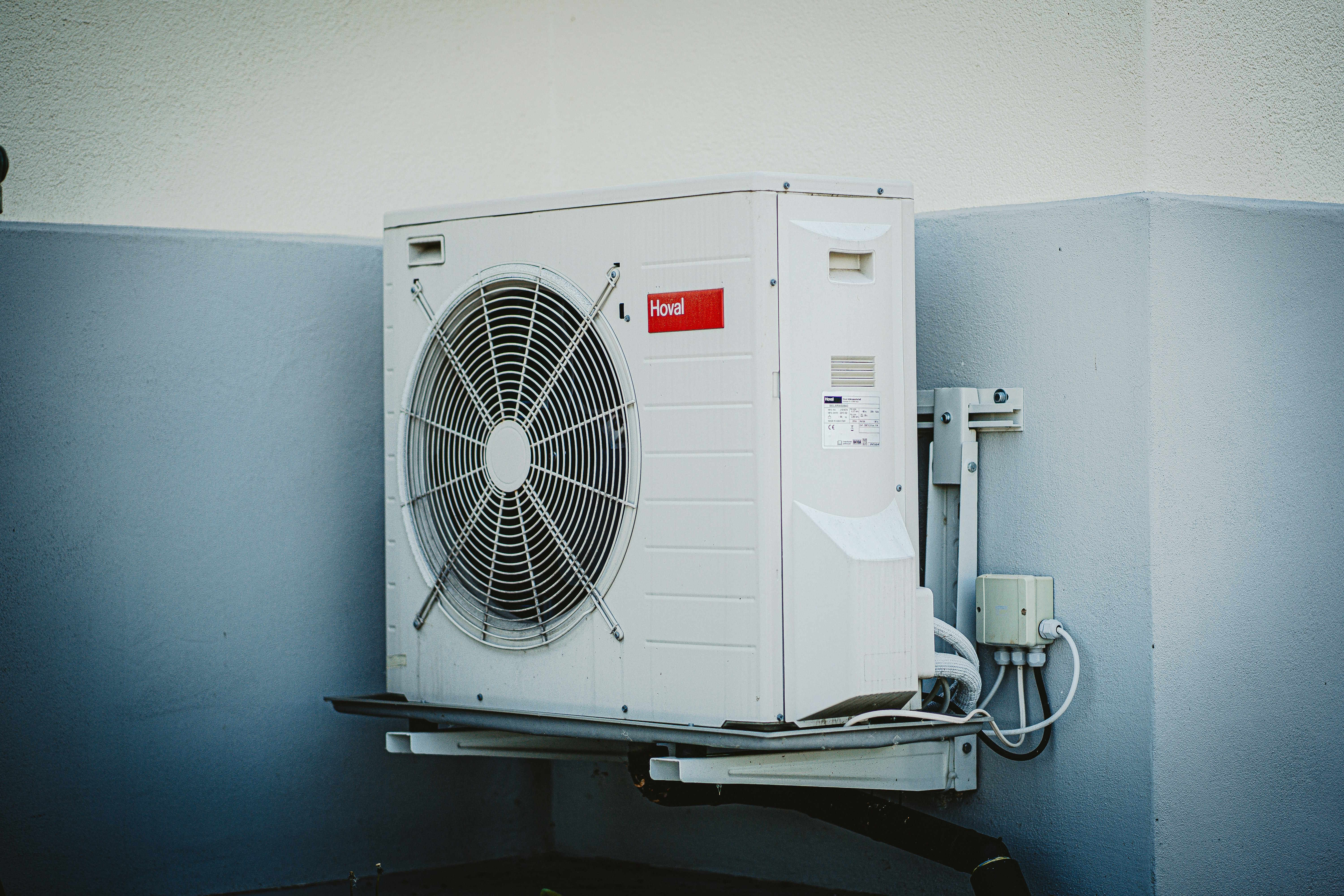Air Conditioning in 2025: Innovations, Installation Options, and Pricing
Explore the cutting-edge advancements shaping the air conditioning industry in 2025. From innovative technologies to diverse installation choices and insightful pricing updates, this article delves into the exciting developments driving the market forward. Stay informed on the latest trends and possibilities in air conditioning for the upcoming year.

What are the latest air conditioning innovations for 2025?
Air conditioning in 2025 is set to be more efficient, intelligent, and environmentally friendly than ever before. One of the most promising innovations is the development of smart cooling systems that utilize artificial intelligence and machine learning algorithms. These systems can learn from user preferences and behaviors, automatically adjusting temperature and airflow for optimal comfort while minimizing energy consumption.
Another significant advancement is the integration of solar-powered air conditioning units. As solar technology becomes more efficient and affordable, we can expect to see a rise in AC systems that harness renewable energy, reducing reliance on the power grid and lowering operating costs for consumers.
How will air conditioning installation options evolve by 2025?
The future of air conditioning installation is focused on flexibility and customization. Modular AC systems are gaining popularity, allowing homeowners and businesses to easily add or remove cooling capacity as needed. These systems consist of multiple smaller units that can be installed in different rooms or zones, providing targeted cooling and improved energy efficiency.
Ductless mini-split systems are also expected to see continued growth in 2025. These versatile units offer easy installation, zoned cooling, and energy efficiency benefits. As technology improves, we can anticipate even more compact and aesthetically pleasing designs that seamlessly blend with interior decor.
What HVAC technology trends will dominate in 2025?
Several HVAC technology trends are set to dominate the market in 2025. Variable refrigerant flow (VRF) systems, which offer precise temperature control and energy savings, are expected to become more widespread in both residential and commercial settings. These systems can simultaneously heat and cool different areas of a building, making them ideal for large spaces with diverse cooling needs.
Another emerging trend is the use of heat pump technology in air conditioning systems. Heat pumps can provide both heating and cooling, making them a versatile and energy-efficient option for year-round climate control. As heat pump technology continues to improve, we can expect to see more widespread adoption in various climates.
How will air conditioning pricing trends change leading up to 2025?
Air conditioning pricing trends in 2025 are likely to be influenced by several factors. While initial costs for advanced systems may be higher, long-term savings through improved energy efficiency are expected to offset these expenses. The growing demand for eco-friendly and energy-efficient solutions may lead to more competitive pricing for high-efficiency units as manufacturers scale up production.
Additionally, the rise of subscription-based models for HVAC services could change how consumers approach air conditioning costs. Some companies may offer “cooling as a service” plans, where customers pay a monthly fee for installation, maintenance, and guaranteed performance, rather than purchasing equipment outright.
What unique air conditioning solutions are emerging for the US market?
In the United States, we’re seeing a rise in geothermal cooling solutions, which leverage the earth’s constant underground temperature to provide efficient heating and cooling. While initial installation costs can be high, these systems offer significant long-term energy savings and environmental benefits.
Another unique trend is the development of personal climate control devices. These wearable or portable units allow individuals to maintain their desired temperature in specific areas, potentially reducing the need for whole-house cooling and leading to energy savings.
How do air conditioning options and prices compare in 2025?
As we look towards 2025, consumers will have a variety of air conditioning options to choose from, each with its own set of features and price points. Here’s a comparison of some anticipated air conditioning solutions:
| AC Type | Provider | Key Features | Estimated Cost Range |
|---|---|---|---|
| Smart AI-Powered Central AC | EcoClimate | Self-learning, energy optimization, smartphone integration | $3,500 - $5,000 |
| Solar-Assisted Split System | SunCool | Solar panel integration, reduced grid reliance, quiet operation | $4,000 - $6,000 |
| Geothermal Heat Pump | EarthTemp | Year-round heating/cooling, high efficiency, low operating costs | $10,000 - $20,000 |
| Modular Zoned System | FlexAir | Customizable cooling zones, scalable design, easy installation | $3,000 - $7,000 per zone |
| VRF Commercial System | ComfortPro | Simultaneous heating/cooling, ideal for large spaces, energy-efficient | $15,000 - $35,000+ |
Prices, rates, or cost estimates mentioned in this article are based on the latest available information but may change over time. Independent research is advised before making financial decisions.
In conclusion, the air conditioning landscape in 2025 promises to be more innovative, efficient, and tailored to individual needs than ever before. From AI-powered systems to sustainable cooling solutions, consumers will have a wide array of options to choose from. As technology continues to advance, we can expect air conditioning to become not just a luxury, but a smart, eco-friendly essential in our daily lives.




